 What’s unique about the shoulder blade is that it doesn’t have a true joint attaching it to the ribs. Instead, the surrounding muscles surrounding are tasked with maintaining stability and mobility of the shoulder blade. If these muscles are not able to move and/or stabilize the shoulder blade (most commonly due to being over-lengthened/weakened from extended periods of sitting with poor posture), your shoulder joint (aka Glenohumeral Joint) won’t have a solid base to function off of. Therefore, these supporting muscles will have to work overtime to carry out movement demands.
What’s unique about the shoulder blade is that it doesn’t have a true joint attaching it to the ribs. Instead, the surrounding muscles surrounding are tasked with maintaining stability and mobility of the shoulder blade. If these muscles are not able to move and/or stabilize the shoulder blade (most commonly due to being over-lengthened/weakened from extended periods of sitting with poor posture), your shoulder joint (aka Glenohumeral Joint) won’t have a solid base to function off of. Therefore, these supporting muscles will have to work overtime to carry out movement demands.
Muscles that control scapular mobility/stability⤵
-Serratus anterior: pulls the scapula forward around your torso (i.e. such as when throwing a punch or swinging a bat). The scapula is able to move laterally due to the serratus anterior muscle, which is important when elevating the arm.
-Levator Scapulae: works to elevate the scapula and also rotate it downwards. Development of tension in this muscle can limit the ability of the shoulder to lift and stabilize overhead.
-Rhomboid major and minor: huge shoulder blade stabilizers that ensure that the scapula can be a stable base for the shoulder joint to move on. They also retract the scapula (pull towards the spine) and can elevate the scapula.
-Trapezius: envelopes the scaps and can be divided into 3 distinct sections: upper, middle, and lower. It’s common for the upper trapezius to be short and strong and for the middle/lower fibers to be long and weak. It is responsible primarily for pulling/rotating the scapula up (via upper fibers), and pulling/rotating the scapula down (via lower fibers). It can be easy to develop poor movement patterns without a good balance in strength between the different fibers.
